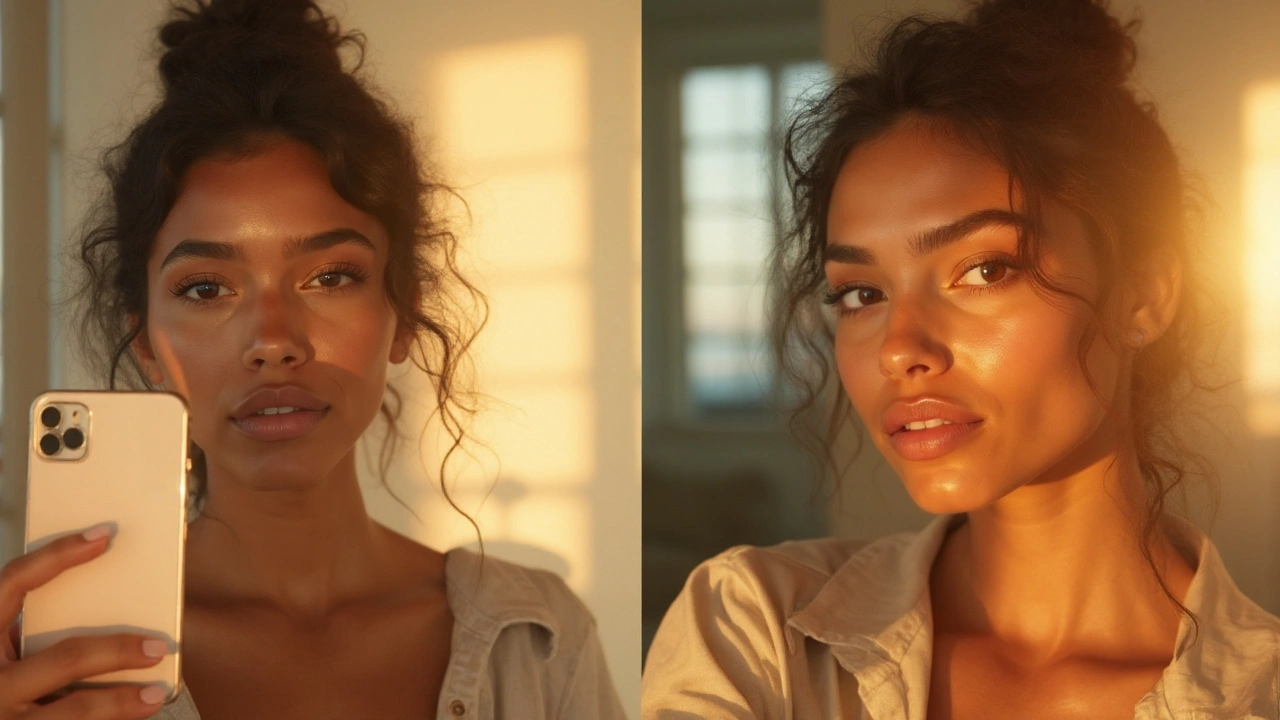Makeup and Lighting Essentials for Indie Filmmakers
When you shoot a short or a feature on a tight budget, good makeup and lighting can be the difference between looking professional and looking cheap. Below are practical steps you can take right now to get the most out of what you have.
Start with Simple Makeup Basics
First, keep the kit light. A basic foundation, concealer, matte powder, and a few eye‑shadow shades cover most needs. Choose shades that match the actors’ natural skin tone; avoid heavy contouring unless the story calls for it. A small brush set lets you blend quickly, and a setting spray locks everything in place for long takes.
Don’t forget skin preparation. Clean, moisturized skin makes makeup apply smoother and stay longer. If you have access to a portable mirror with a built‑in lamp, use it to check for uneven spots. For outdoor shoots, bring a compact powder to reduce shine caused by sunlight.
Lighting That Works Anywhere
The rule of thumb is to use three‑point lighting whenever possible: key light, fill light, and backlight. A cheap LED panel can serve as your key light; place it at a 45‑degree angle to the subject’s face. Fill light softens shadows— a bounce board or a second LED at lower intensity works well. A small lamp or a practical light behind the subject adds depth and separates them from the background.
If you’re shooting in a small room, diffuse the key light with a white sheet or shower curtain. Diffusion spreads the light, softening harsh shadows and making makeup look natural. When you move outside, the sun becomes your biggest light source. Use a reflector (even a piece of white foam board) opposite the sun to fill in shadows on the face. A simple diffuser like a translucent umbrella reduces glare on shiny skin.
Color temperature matters too. Daylight is around 5600K; most LED panels have adjustable temperature, so match the panel to the ambient light. Mixing warm and cool light creates an inconsistent look and can make skin tones look off.
Now, combine makeup and lighting. Test the look on camera before you start rolling. What looks good in the mirror might wash out under the key light. Adjust foundation shade if it appears too orange or too pink on screen. Use a little extra powder on oily zones; they catch the light and become shiny.
Budget tricks: raid local theater groups or costume shops for used makeup and light stands. Many community theaters sell kits at a fraction of retail price. Borrowing a softbox or a flag from a film school can improve control without spending a lot.
Finally, keep a checklist. Write down the makeup items each actor needs and the lighting setup for every location. A quick glance at the list saves time and prevents missed gear on the day of shooting.
Good makeup and lighting don't have to cost a fortune. With a few basics, a bit of planning, and smart use of everyday items, you can give your indie film a polished look that shines on any screen.
Wondering why Kendall’s face looks different? Here’s a clear 2025 guide to makeup, angles, filters, weight changes, and the signs people confuse with cosmetic work.
View More

